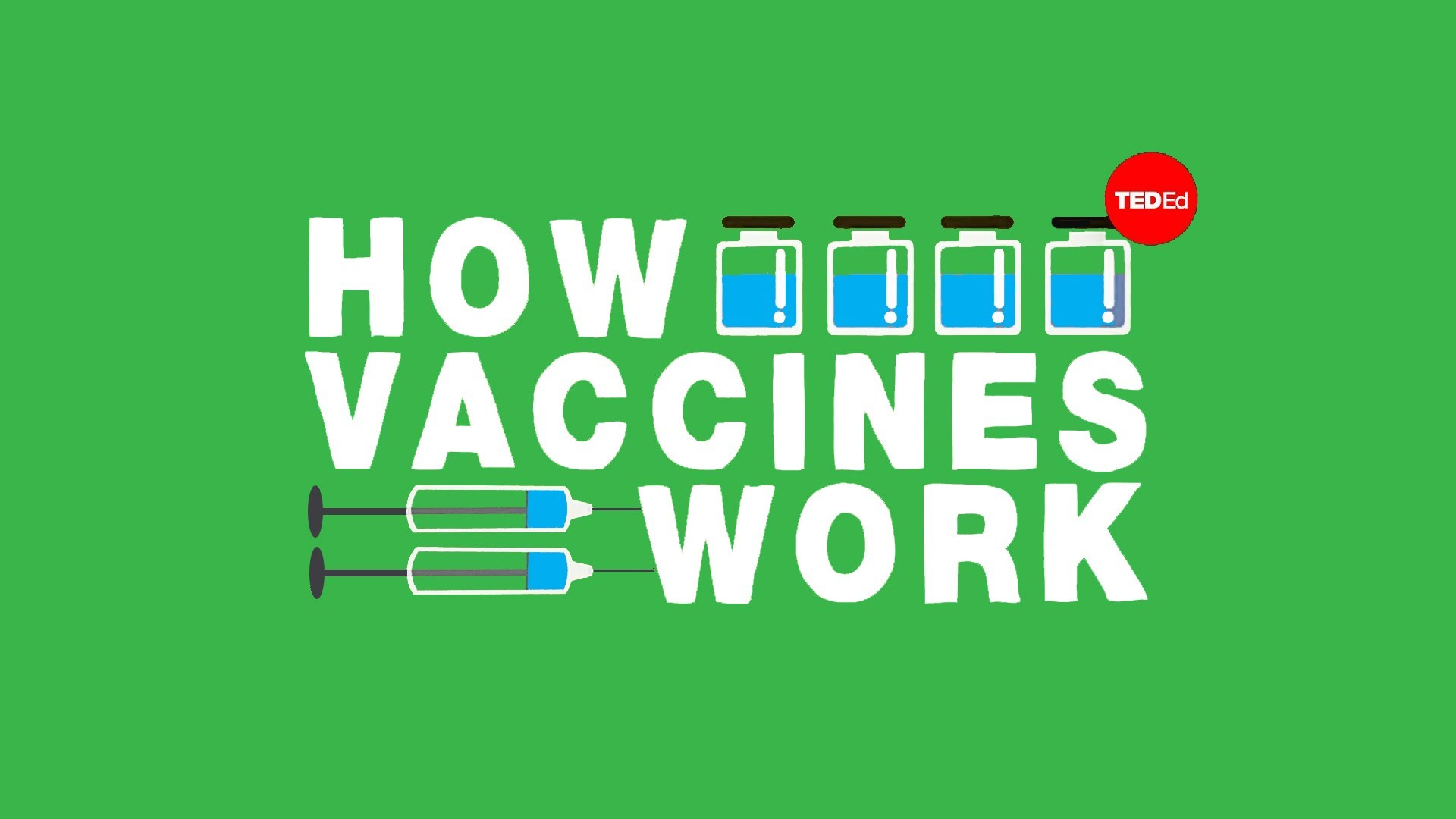What is Immunity?
When disease-causing germs enter your body, they start to reproduce. Your immune system recognizes these germs as foreign invaders and responds by making proteins called antibodies. These antibodies have two basic jobs:
- Help destroy the germs that are making you sick. They may not act fast enough to prevent you from becoming sick, but by eliminating the attacking germs, antibodies help you to get well.
- Protect you from future infections. They remain in your bloodstream, and if the same germs ever try to infect you again—even after many years—they can come to your defense. When they are experienced at fighting these particular germs, they may destroy the germs before they have a chance to make you sick.
This is immunity. It is why most people get diseases like measles or chickenpox only once, even though they might be exposed many times during their lifetime.
Vaccines to the Rescue
Vaccines offer a solution to this problem. They help you develop immunity without getting sick first.
Vaccines are made from the same germs (or parts of them) that cause disease. For example, the polio vaccine is made from poliovirus. But, the germs in vaccines are killed or weakened so they won’t make you sick. Some vaccines contain only a small piece of the germ.
Vaccines containing these weakened or killed germs or germ pieces are introduced into your body, usually by injection. Your immune system reacts to the vaccine in a similar way that it would if it were being invaded by the disease—by making antibodies. The antibodies destroy the vaccine germs just as they would the disease germs—like a training exercise. Then they stay in your body, giving you immunity.
If you are ever exposed to the real disease, the antibodies are there to protect you.
For more information, see Making the Vaccine Decision: Addressing Common Concerns from the Centers for Disease Control and Prevention (CDC).
Trusted Resources

How do vaccines work? This is the story of two 5-year-old children, Chip and Dale, from the Vaccine Education Center at Children’s Hospital of Philadelphia.

Learn about the human immune system’s response to vaccination, from the College of Physicians of Philadelphia.

How Do Vaccines Work?
The first vaccine was created when Edward Jenner, an English physician and scientist, successfully injected small amounts of a cowpox virus into a young boy to protect him from the related (and deadly) smallpox virus. But how does this seemingly counterintuitive process work? TED-Ed also provides additional resources for you to explore.